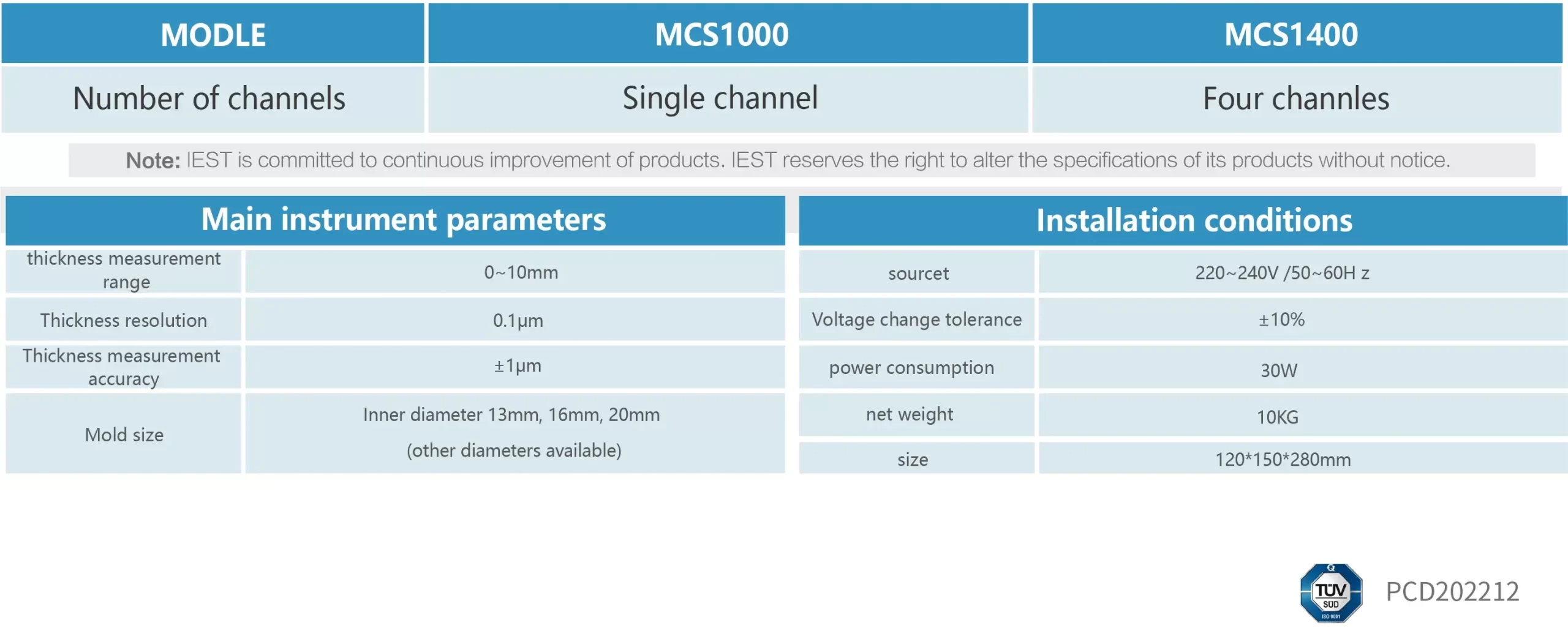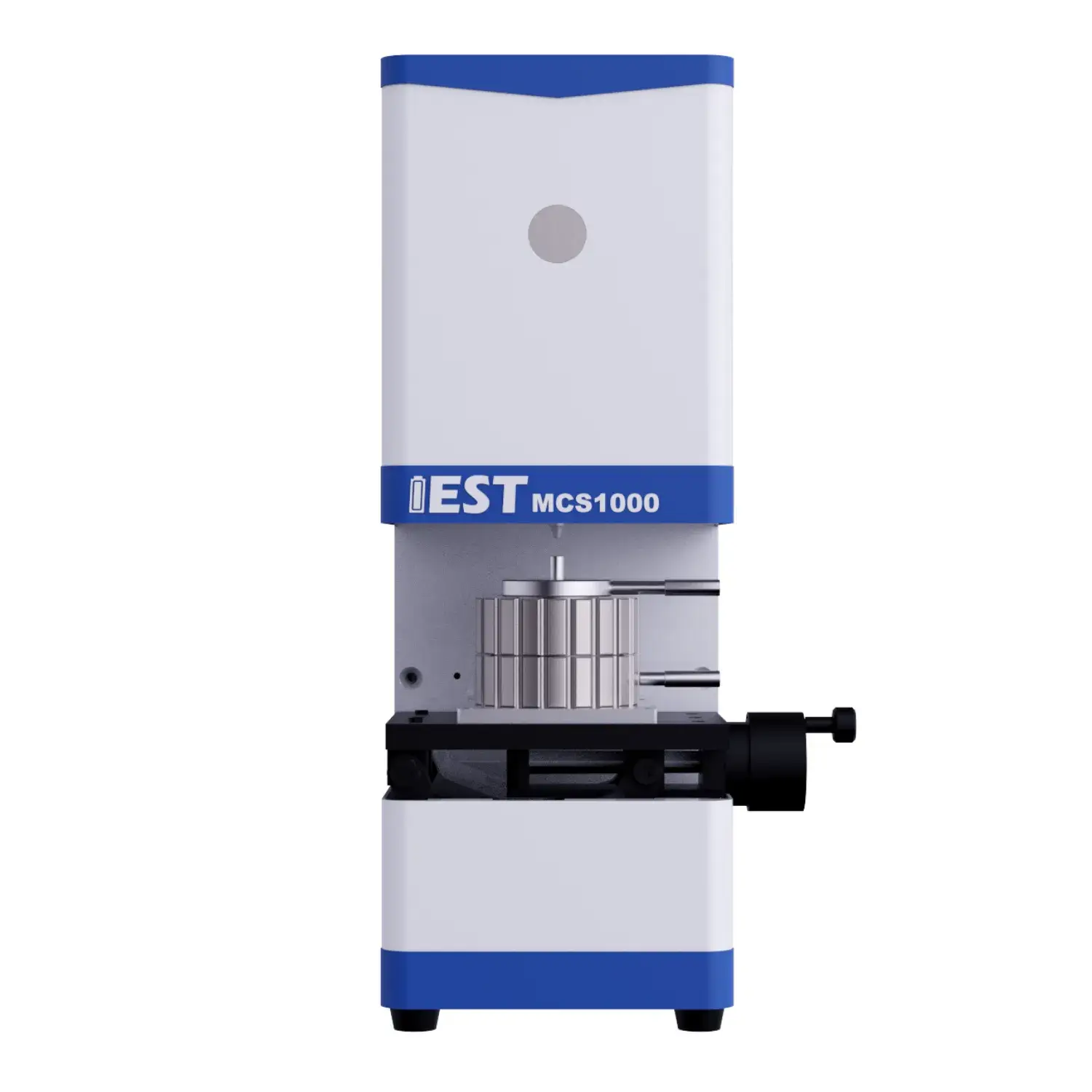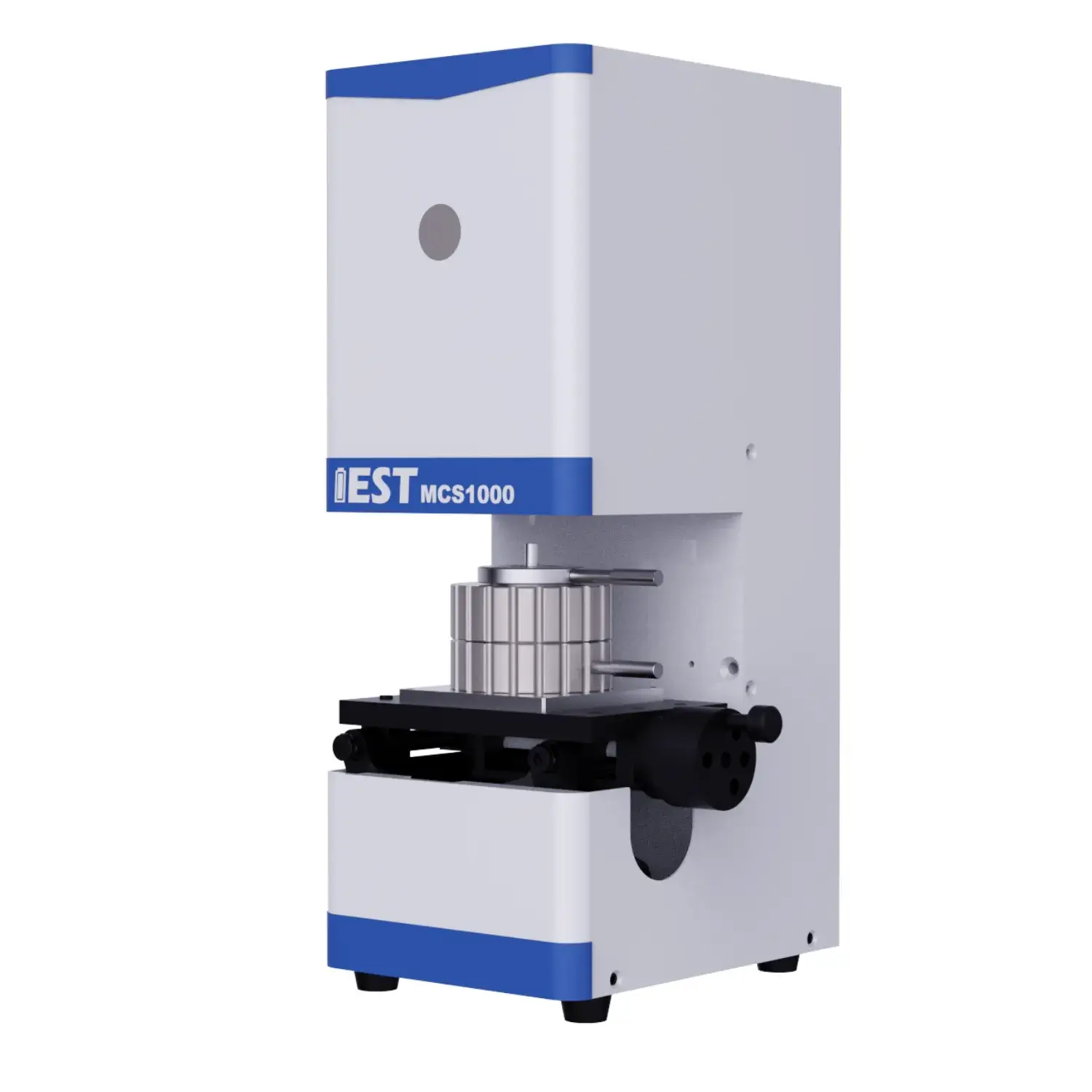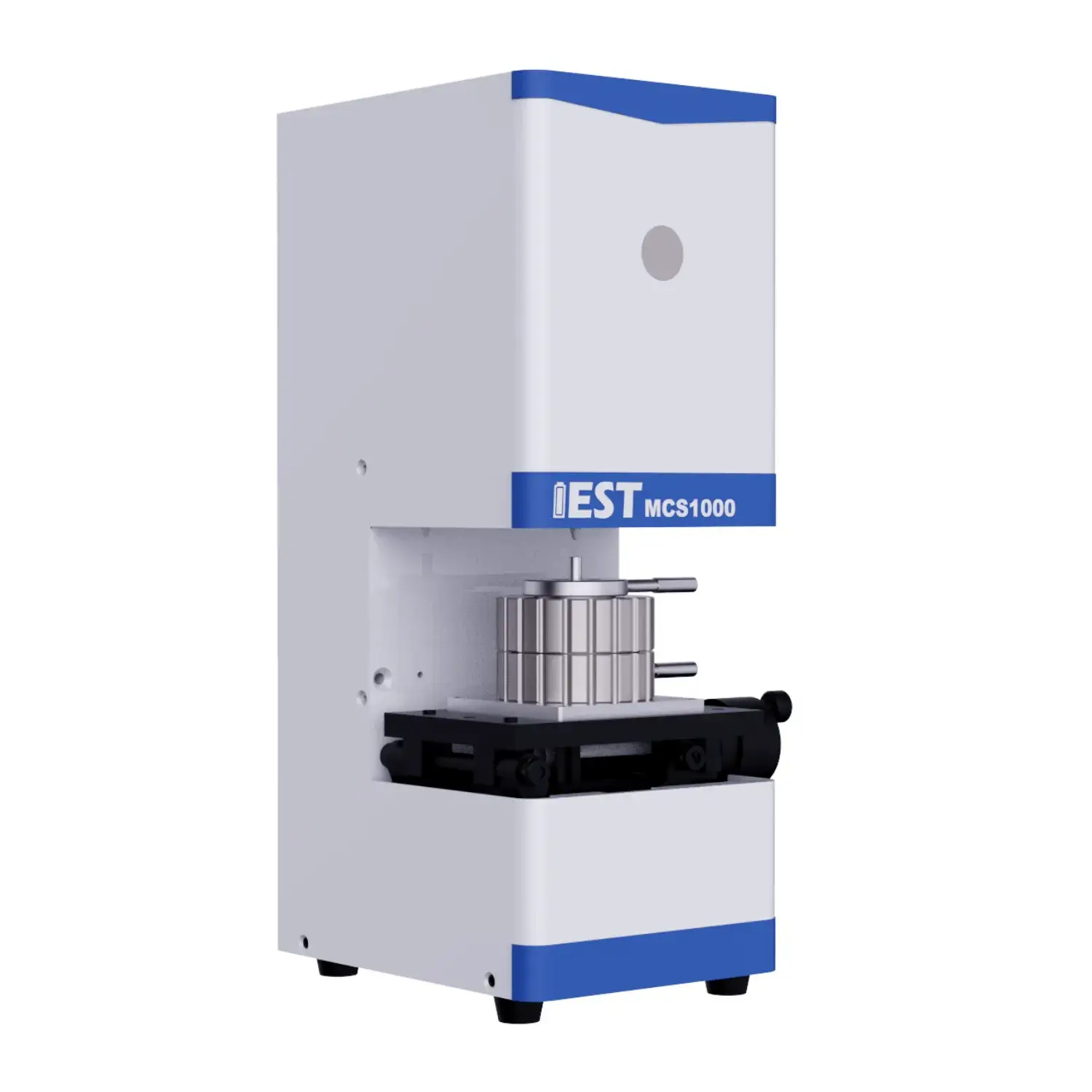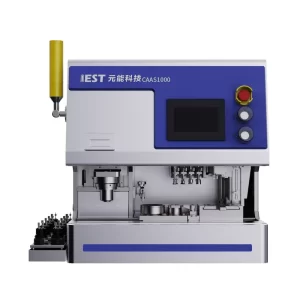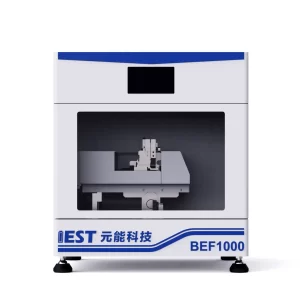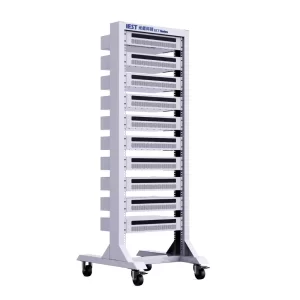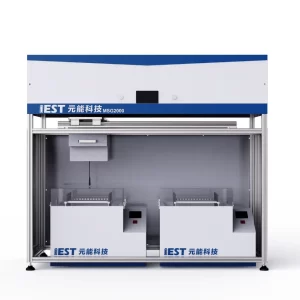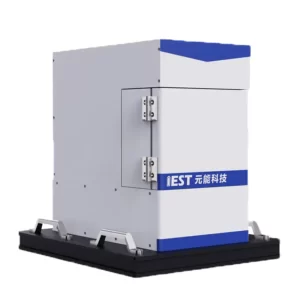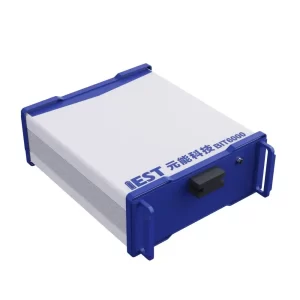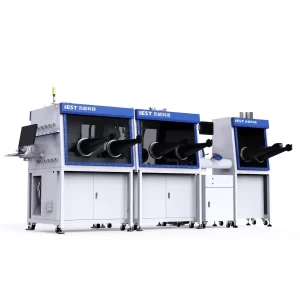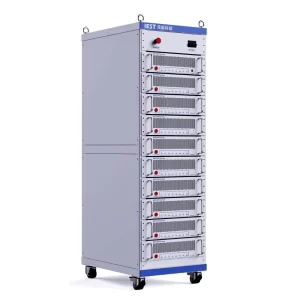Description
1. Introduction
As a popular energy storage carrier, lithium-ion battery (LIB) has been widely used in our daily life. With the increas eof the application scenarios, the safety of the LIBs receives higher requirements. The charging and discharging processes of the LIBs are usually accompanied by the structure swelling with diferent degrees. On the one hand the structure swelling will affect the assembly space of the LIBs, on the other hand, the accumulation of the side reactions caused by the irreversible swelling will also lead to the structural destruction of the active material and accelerate the capacity fading. For a single cell, there are several methods for characterizing its swelling performance, such as applying a certain pressure on the surface of a single cell, and testing the swelling force or the swelling thickness of the cell. However, the swelling parameters measured by all these methods include the swelling of multiple positive and negative electrodes, separators and aluminum plastic film or aluminum shell, which cannot accurately analyze the swelling property of a material.
2. Scheme of Model Coin Cell
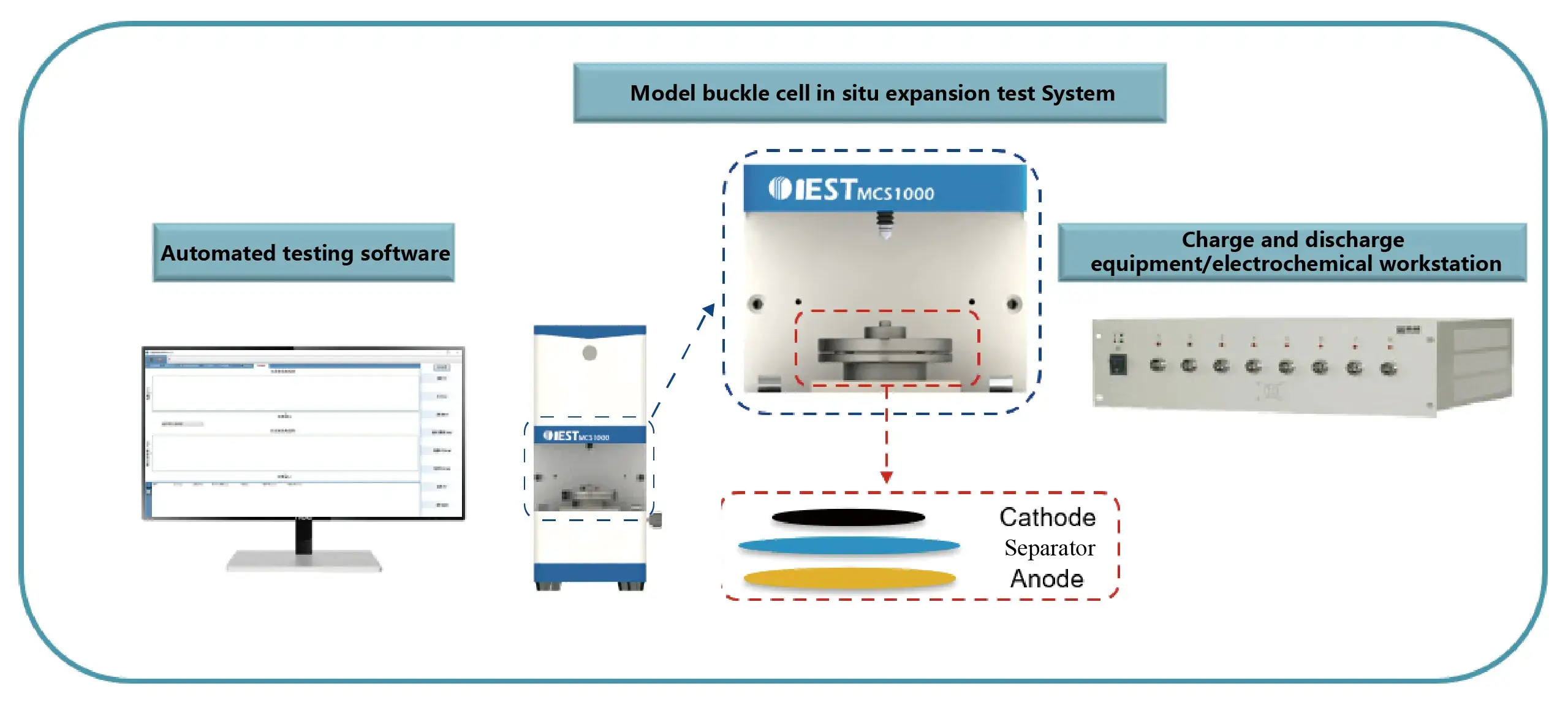
3. Main features:
- The instrument size is small (length * width * height: 120 * 150 * 280mm), which can be placed in the glove box;
- The model coin cell can be used to assemble various types of full coin cell;
- Good tightness can ensure long-term test stability and obtain more reliable test results;
- High-precision thickness measurement system, thickness measurement resolution 0.1 µm precision ±1 µm.
- In-situ test of the full-cell swelling thickness curve;
- Ion conductivity of the solid electrolyte can be measured;
- The software can automatically combine the thickness change of the model coin cell with the charging and discharge data (compatible with partial charging and discharge tester), and output the report involving all testing data.
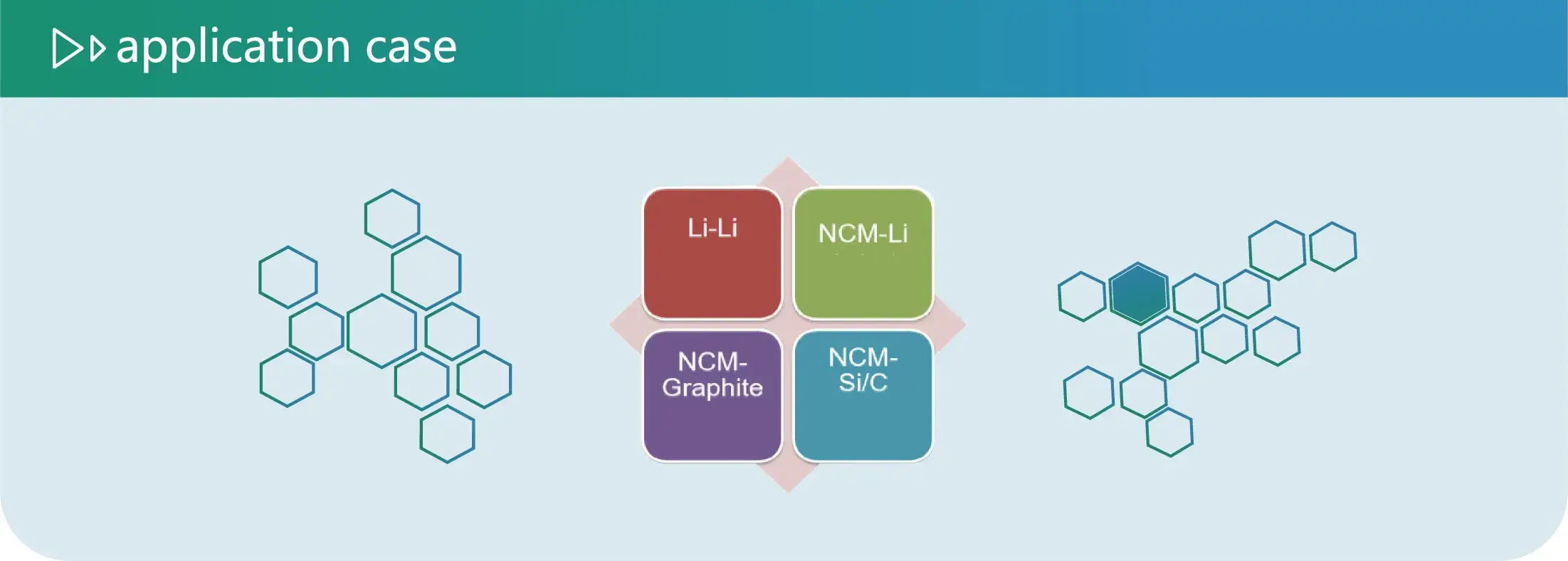
Applications
Case 1. NCM-Graphite Full Coin Cell:
Assemble the NCM-Graphite LIB to test the thickness change during charge and discharge; test parameters: the current density is 0.6 mA /c㎡, 2.8~4.2V;
- The thickness of the battery decreases in the first charing process, which is mainly due to the rest stage after assembly under a certain pressure condition, the interface contact between the positive and negative electrodes wil graduall get close, so it is necessary to rest as far as possible (usually for more than 3h) before start to measure the thickness swelling during the charging process;
- The thickness change of both charging and discharge processes was about 1.33 µm/mAh, along with a corresponding volume change of 0.2 mm /mAh, which is mainly caused by the deintercalation of the lithium ions from the graphite. The thickness of the graphite coating is about 100 µm. lf ignore the swelling effect of the positive electrode, the percentage of the thickness change of graphite is about 2%.

Case 2. NCM-Si /C Full Coin Cell:
Assemble NCM-Si/C LIB and test the thickness change during charge and discharge; test parameters:current density is 0.6 mA/c㎡, 3~4.3V;
- Ignore the swelling of NCM positive electrode, and the total swelling thickness measured from the model coin cell mainly comes from the swelling of the SiC negative electrode during the swelling experiment. By further deducting the thickness of the copper current collector, the thickness swelling ratio can be calculated;
- Compared with two kinds of materials, swelling ratio of A material is greater than that of B material. The swelling ratios of these two materials at the first charging process are similar. During the subsequent cycling, the maximum swelling thickness of B material will decrease compared to the first cycle, and shows increase gradually during the cycling. However, for the A material, the maximum swelling thickness of each cycle increase continuously. These different swelling behaviors between these two materials are due to the different modification ways.

Case 3. The L i-Li Symmetric Cell:
Assemble Li-Li symmetric cell to test the thickness change during lithium deposition; test parameters; current density is 0.5mA/ c㎡, charing and discharging for 2h and rest for 5 min;
- During the lithium deposition, the total thickness of the cell gradually increased. Every 2 mAh of the lithium deposition wil cause the increase of the thickness of about 2 µm, corresponding to the volume swelling of about 0.76 mm³/mAh.

Case 4. NCM-Li half battery:
Assemble the NCM-Li half cell to test the thickness change during charing and discharging; test parameters: the current density is 0.6mA / c㎡, 3~4.3V;
- During the charging process, the thickness swelling is about 4 µm/mAh, and the volume swelling is about (0.6 mm³/mAh), which is mainly caused by the lithium plating at the surface of the lithium metal anode;
- During the discharging process, the thickness shrinkage is about 3 µm/mAh, and the volume shrinkage is about(0.5mm³/mAh), which is mainly due to the decrease of the thickness of the lithium metal anode caused by the continuous deintercalation of the lithium ions from the lithium metal anode.

Video
Specifications
